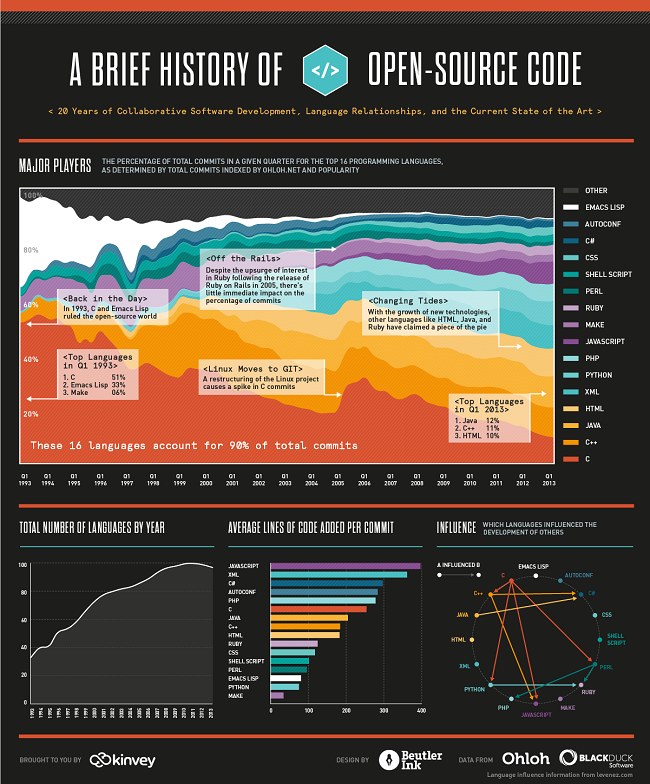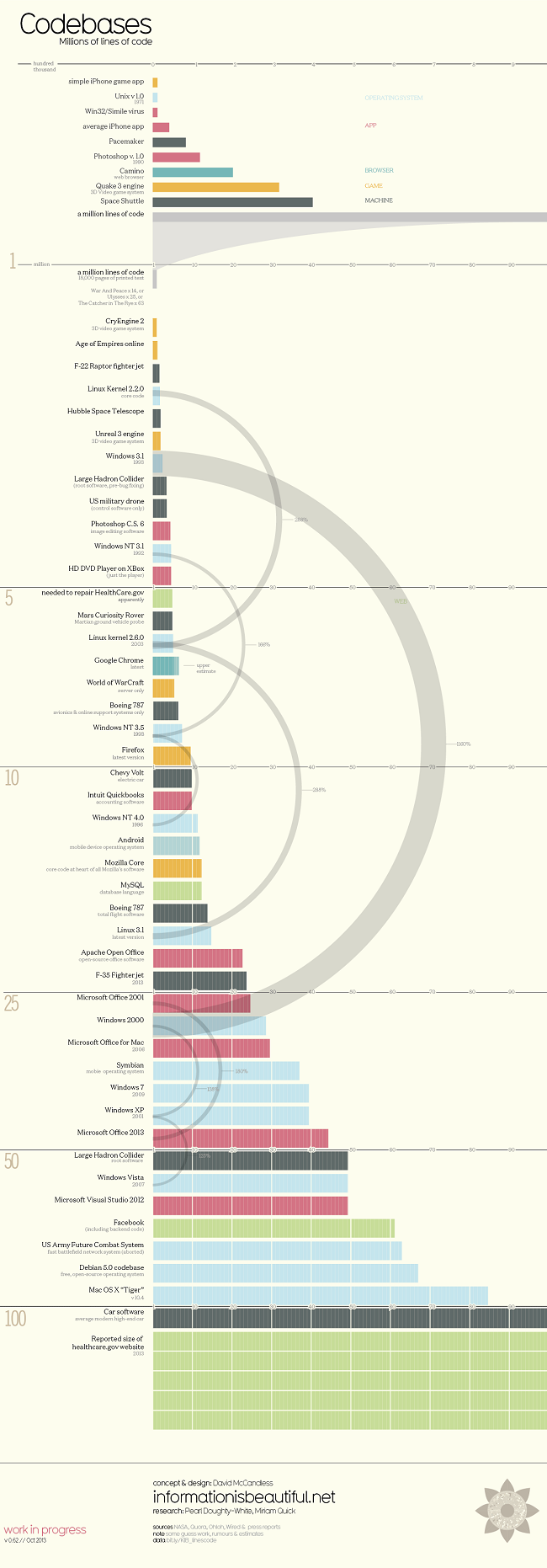Do you know your C# from your C++? Or perhaps you think Ruby is more attractive than Perl? For those who don’t know what this means, welcome to the world of programing.
Rightly considered a series of languages in their own right, computer coding makes up almost every action we do with technology, from turning on the washing machine to creating the most detailed website.
In terms of its history, we need to go back as far as 1843, when one of the pioneers of computer science, Ada Lovelace, is credited with writing the first instance of computer language with her Analytical Engine, one of the early mechanical computers.
However, the earliest known coding languages that are still in existence today, albeit in rather limited numbers, include examples such as FORTRAN, LISP and COBAL, and were the building blocks of many of the biggest scientific and computer developments of the modern age, including the Apollo moon missions and the first credit cards.
Nowadays, two of the most commonly used ones include Java and Objective-C, which include the high-profile operating systems of Android and iOS, respectively.
Safe to say, coding has come a considerable distance since Lovelace pioneered her work 171 years ago.

All work and no play …
To get an understanding of the scale of what goes into making an app such as Flappy Bird or what it takes to create one of the world’s largest health databases, check out this recent infographic. Starting off in the hundreds of thousands, some of the largest coded programs now range in the hundreds of millions in terms of lines of code.
